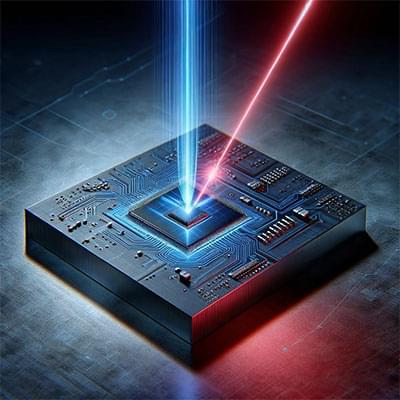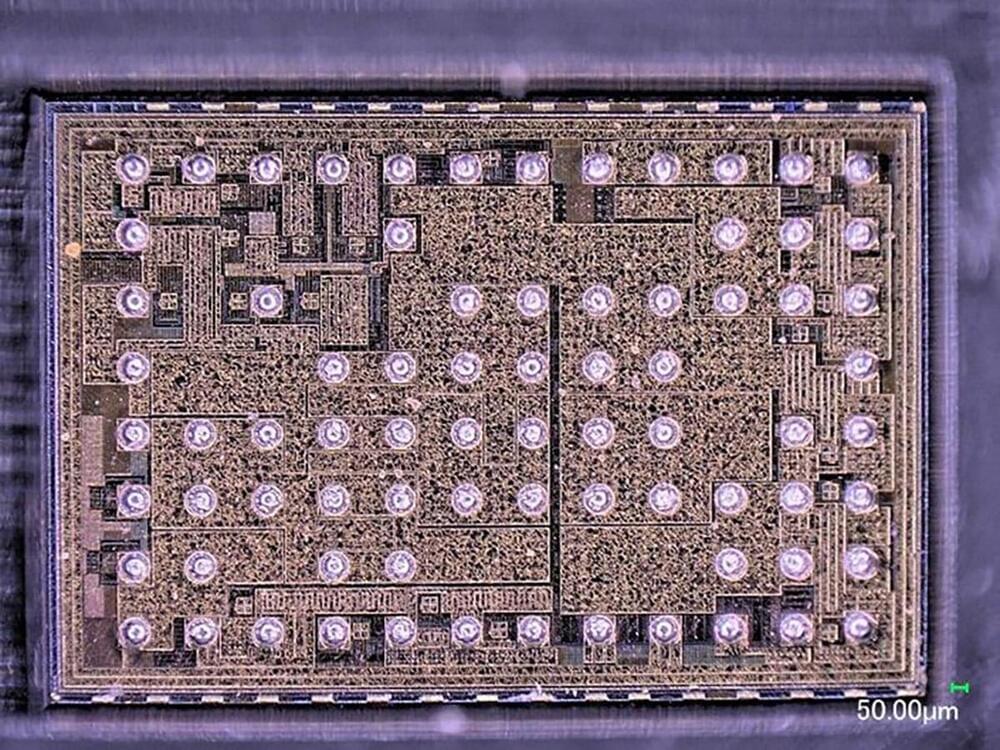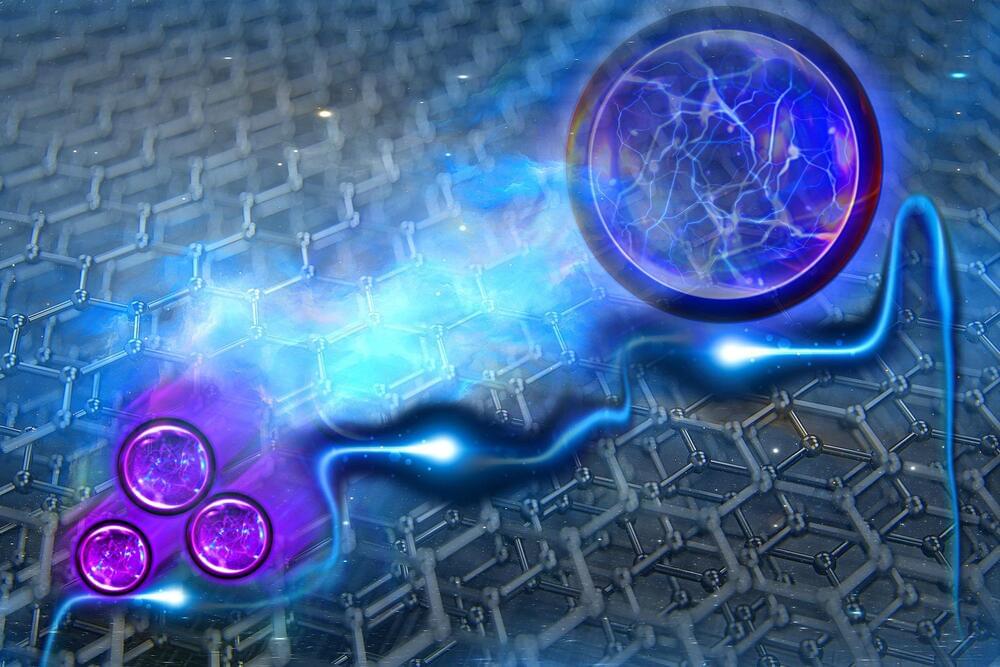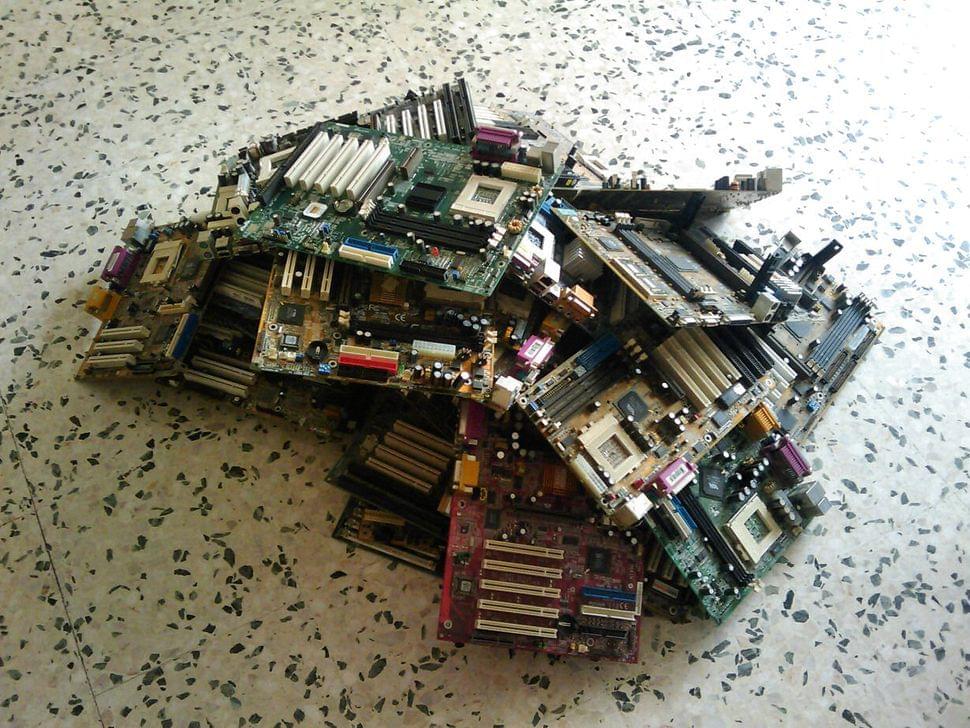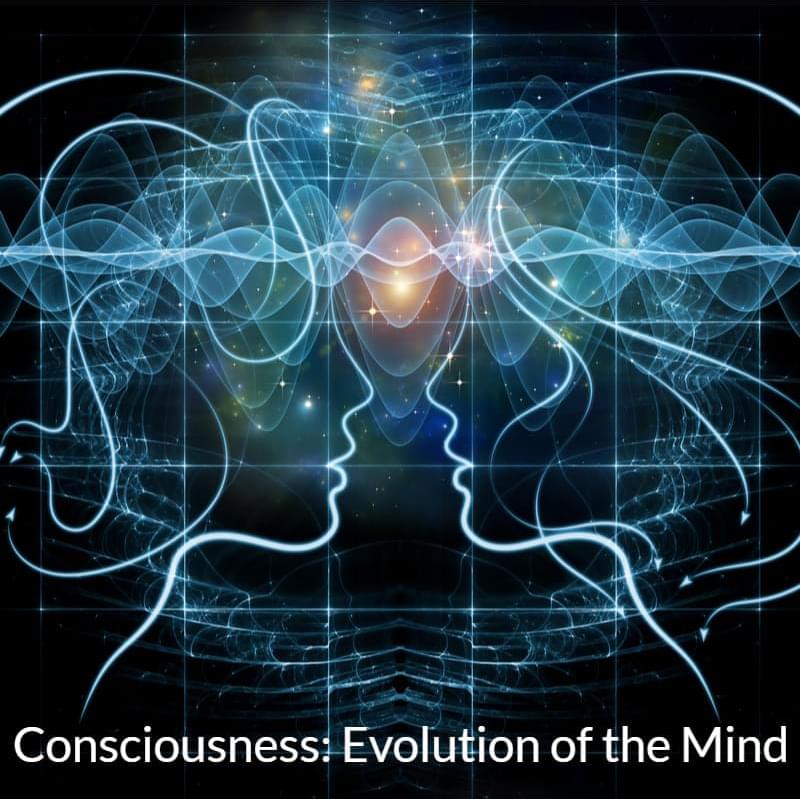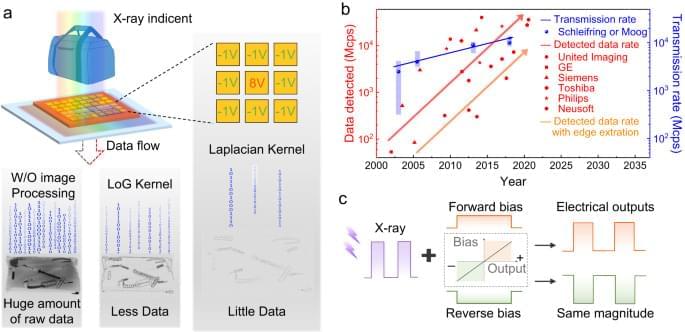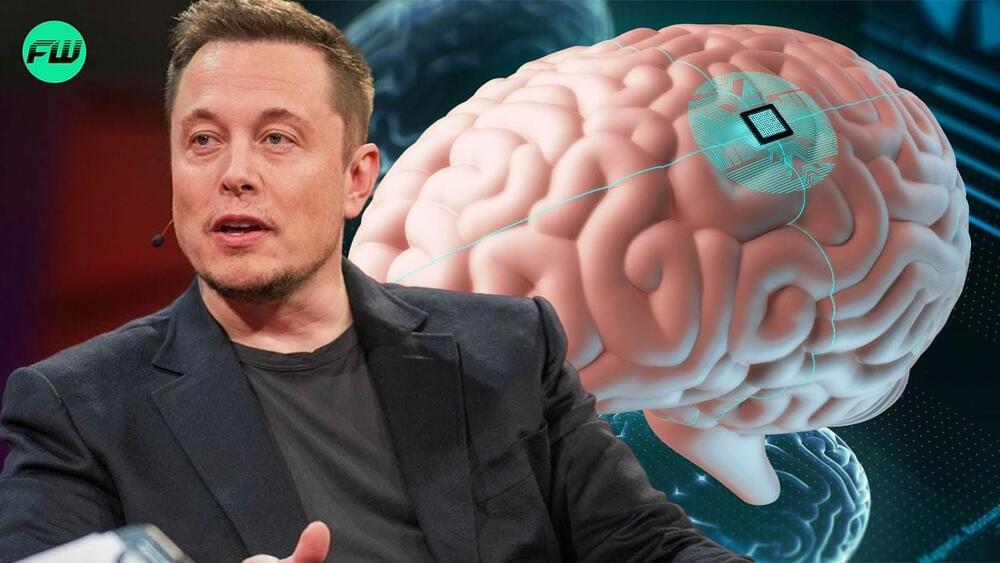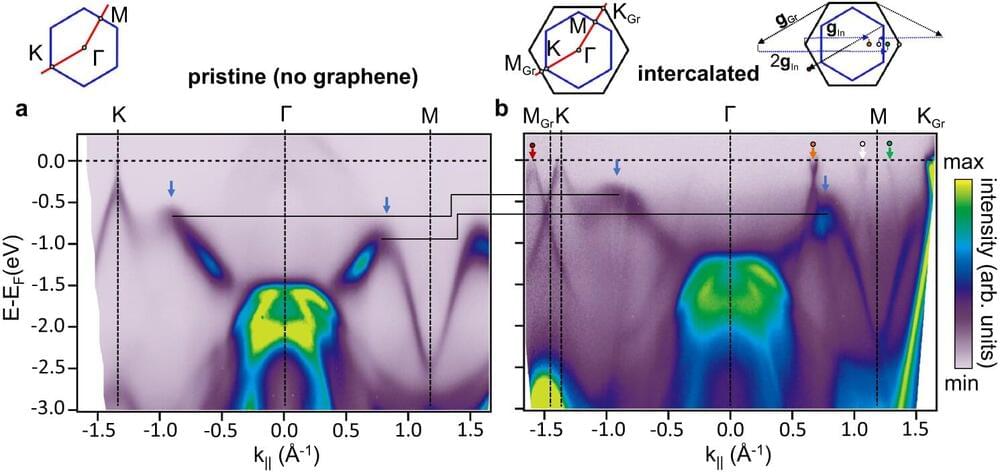Argonne’s Science 101 series takes you back to the basics, with plain-language explanations of the scientific concepts behind our pivotal discoveries and our biggest innovations.
In this Science 101 video, postdoctoral researchers Gillian Beltz-Mohrmann and Florian Kéruzoré explore two of the biggest mysteries in science: dark matter and dark energy. These strange influences seem to be stretching the universe apart and clumping stuff together in unexpected ways. Together, they make up a whopping 95% of the universe, but because we can’t see or touch them, we don’t know what they are.
Researchers around the globe, including scientists at the U.S. Department of Energy’s Argonne National Laboratory, are investigating the nature of dark matter and dark energy through large cosmological surveys, particle physics experiments and advanced computing and simulation.
Find out more about Argonne Science 101 ►► https://www.anl.gov/science-101
Still haven’t subscribed to Argonne National Laboratory on YouTube? ►► http://bit.ly/2Vyzwvm.
Join us on Facebook http://bit.ly/ArgonneFacebook.
